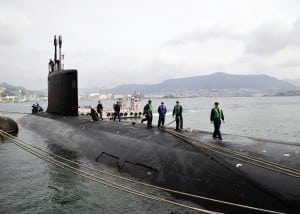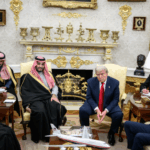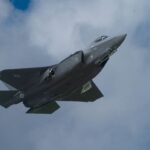
The House Armed Services Committee (HASC) has moved to restore funding in its version of the next defense policy bill for the continued development of a nuclear-tipped sea-launched cruise missile, reversing the Navy’s proposal to cancel the program. The panel adopted an amendment by voice vote during its markup of the fiscal year 2023 National Defense Authorization Act (NDAA), which was still ongoing as of Defense Daily’s deadline, authorizing $45 million in research and development funding for the weapon, with…

 By
By 











